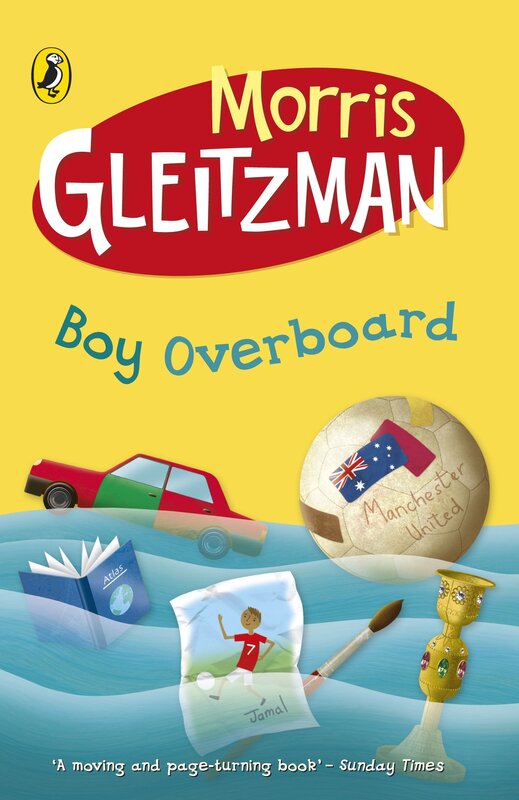Writing in Jamal’s voice, Gleitzman occasionally uses turns of phrase that are a bit too on the nose and borderline insensitive – ‘then it hit me like a drone strike’ etc. – but perhaps we should remember that 9+ sticker and the fact that these huge, disturbing fallouts of war have to be conveyed simply to the child reader. For the most part, it is Gleitzman’s prioritising of the child reader that makes the reading experience so heartbreaking for the adult reader. The narrative voice and its execution, its innocence and its endless positivity in the face of such horrible circumstances, makes the events of the book all the more upsetting and powerful. Each tiny chapter and each of Jamal’s little dreams remind us that no child should have to go through such hardship. No child should have to be this brave.
Quite simply, it’s an expertly crafted children’s book. It’s short and rampant enough that an adult reader could rip through it in an afternoon and feel the full rollercoaster of emotions it takes us on. But it’s focused and simplified enough to capture the mind of the child reader. Almost every sentence cuts to a deep emotional core while still masquerading as a light and cute adventure story. In this sense, it opens a door for children to learn about the experiences of other children who are essentially just like them, just born in more troubling circumstances. And it does this in a way that doesn’t feel preachy or guilt-tripping, but in a way that says, sensitively: yes, terrible things happen every day, but if you can learn to move the empathy you feel for Jamal and Bibi into the real world, then we’re a step closer to a better world.

 RSS Feed
RSS Feed
